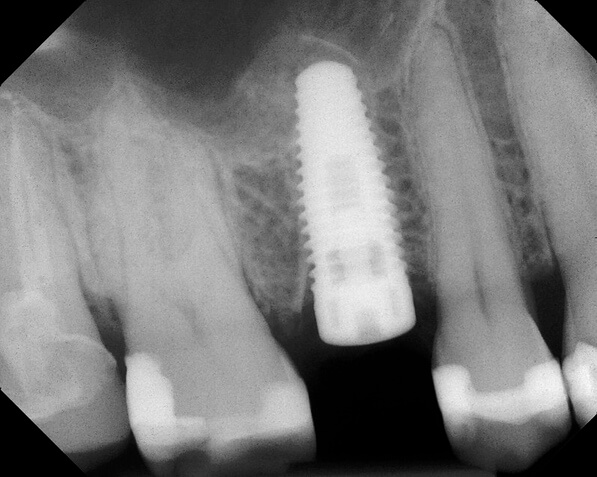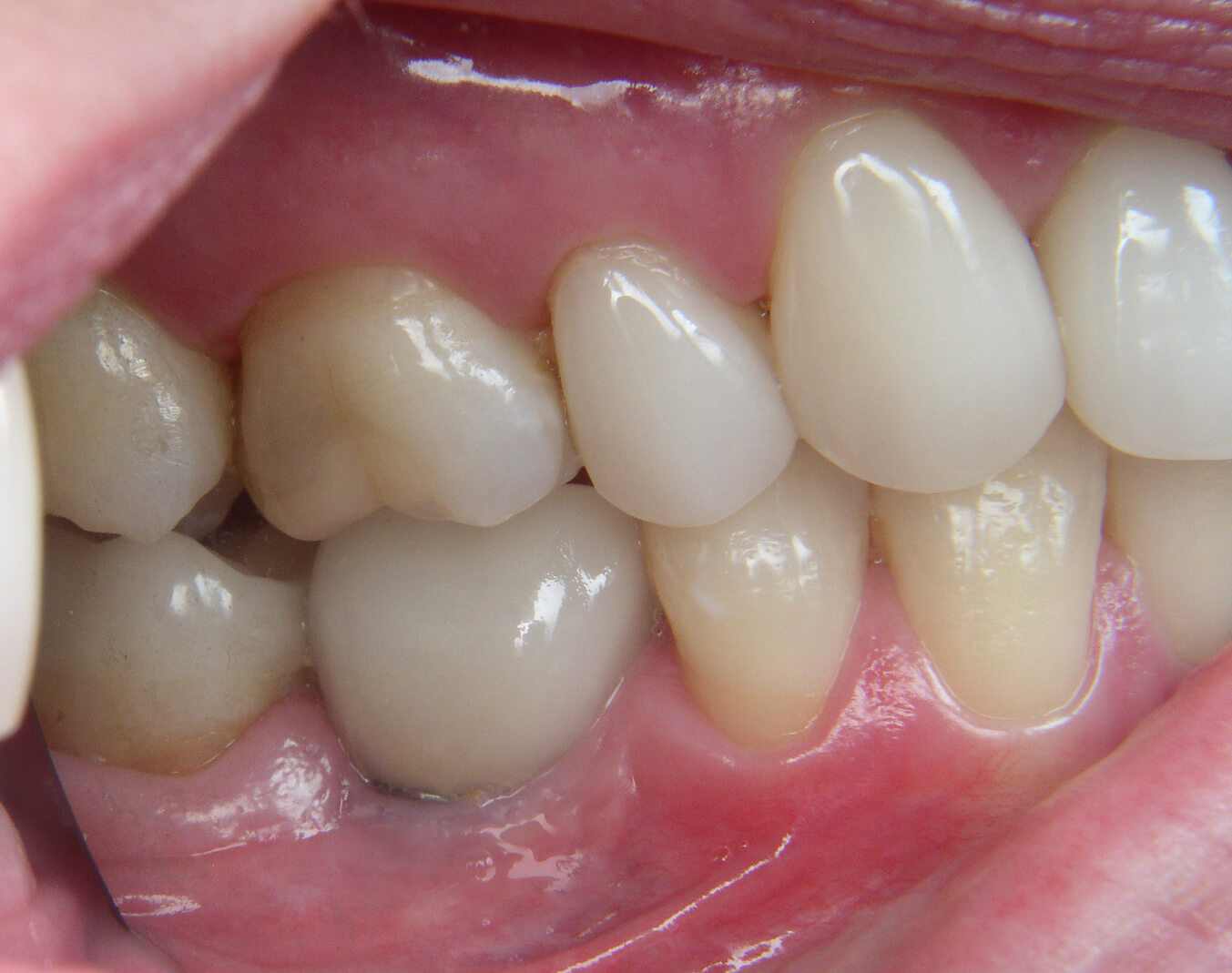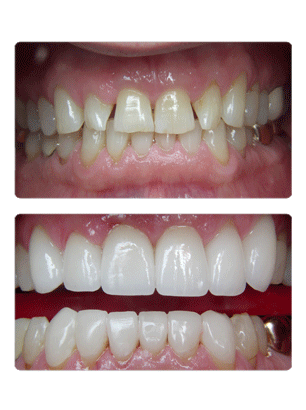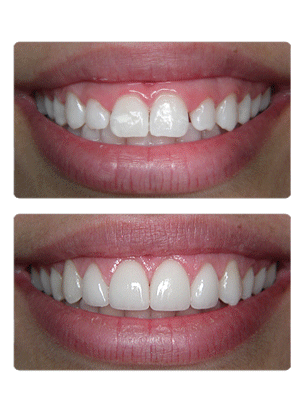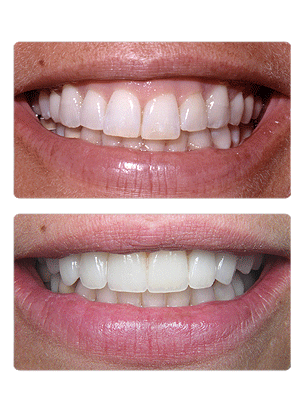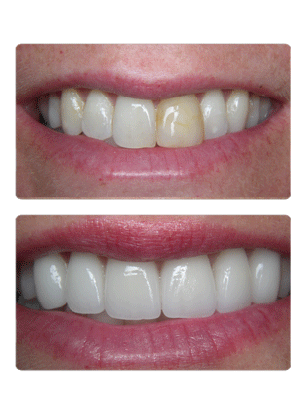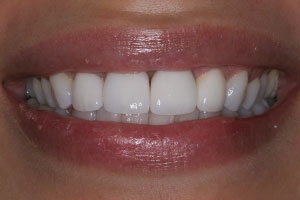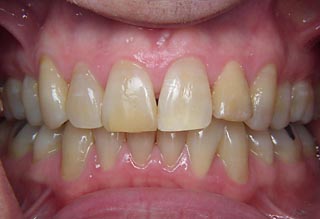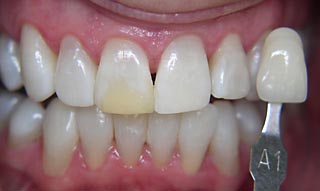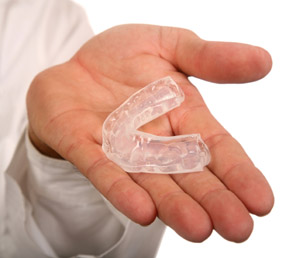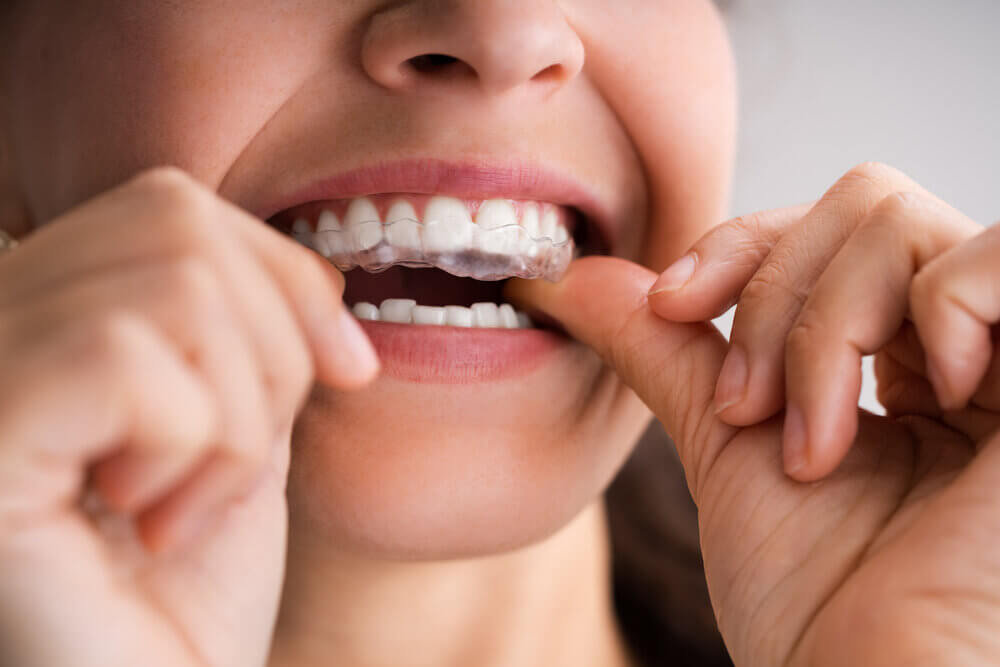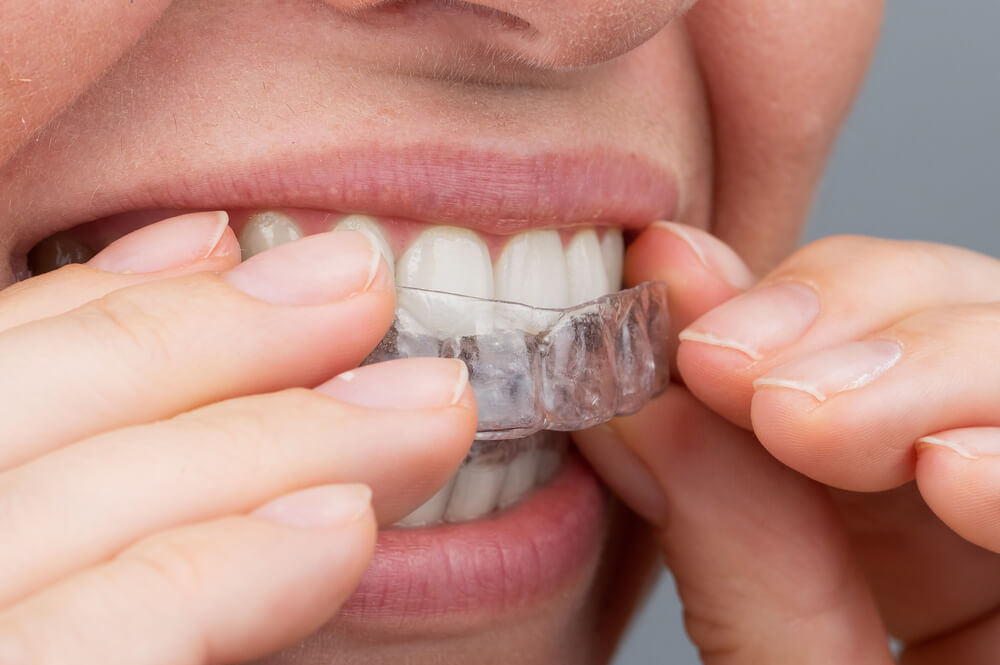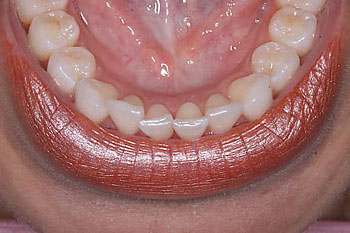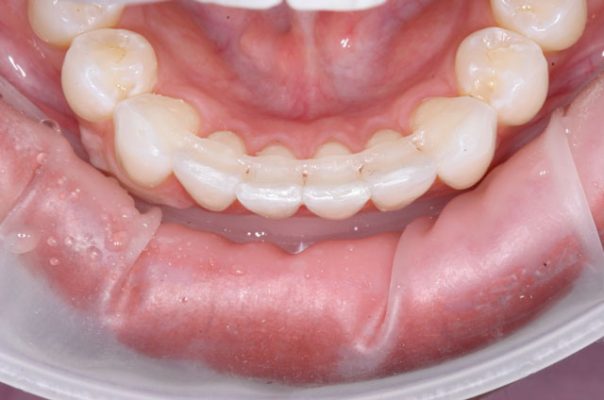Cosmetic Dentistry
Contouring Gums & Reshaping Teeth
What’s one of the first things you notice when you meet someone new? It’s often the person’s smile. Teeth that look clean, even and healthy help make a positive impression.
Does your smile reveal chipped or irregularly shaped teeth? Tooth reshaping is a simple procedure often used to correct minor flaws and problems where the teeth are chipped or oddly shaped. Reshaping will smooth irregular edges and improving odd angles can provide large improvements in your smile. Even subtle changes, to the length, shape, or position of teeth can improve your smile!
Reshaping allows your dentist to gently sculpt the teeth, artfully eliminating or minimizing the imperfections and creating a smile that makes a lasting impression.
What’s Involved?
Tooth reshaping is a procedure with very little discomfort. Anesthetics usually are not required, and the entire process may take just one or two visits.
Because some tooth enamel will be sacrificed during the process, your dentist may elect to take an x-ray to determine the size and location of the tooth’s pulp. The dentist may mark the tooth before removing a tiny amount of surface enamel with a handpiece. In addition to the handpiece, abrasive strips can remove the enamel on the sides of the teeth before they are smoothed and polished.
RECONTOURING GUMS
Gum recontouring is a procedure used to reduce the tissue around the teeth or help level a canted smile. These procedures provide a more robust change versus tooth reshaping, and alterationsions in length can dramatically improve one’s smile. Making you smile “pop.”
Your dentist gently sculpts the gum tissue with a laser to remove excess gum tissue and create a smile that makes a lasting impression.
What’s Involved?
Gum contouring is a procedure with minimal, if any, discomfort. Anesthetics are required, and the entire process may take one or two visits.
The process of tissue removal will likely lead to minor soreness for a day or two. Avoid spicy foods; ask me how I know.
Recontour
(before & after photo)
mouse over

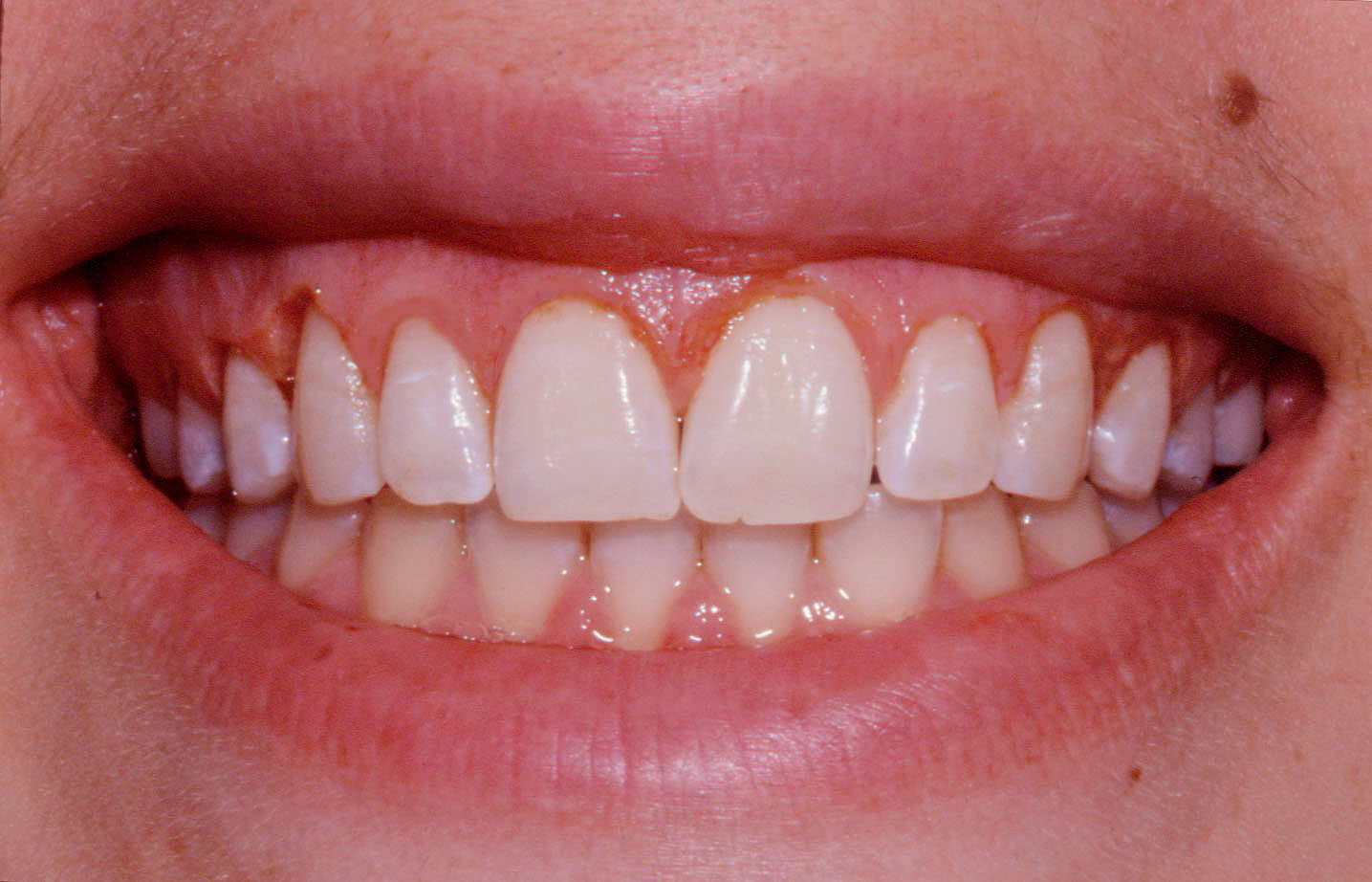
Gum Recontour
![RECONTOUR Gum Tissue - [BEFORE]](https://douglarsondds.com/v2/wp-content/uploads/elementor/thumbs/recontour-gum-tissue-11-pnyqux4b6to8l9jjijsmkwyabt0qxm6qyjpn6q558w.jpg)
![RECONTOUR Gum Tissue - [IN-PROCESS]](https://douglarsondds.com/v2/wp-content/uploads/elementor/thumbs/recontour-gum-tissue-12-pnyqv0vny5tdvpe2wlf4uw04pci7selob2bl3tzkk0.jpg)
![RECONTOUR Gum Tissue - [AFTER]](https://douglarsondds.com/v2/wp-content/uploads/elementor/thumbs/recontour-gum-tissue-13-pnyqv5kuwbzthr7955g9pctfo9v1uw4bzpl0i7slow.jpg)

